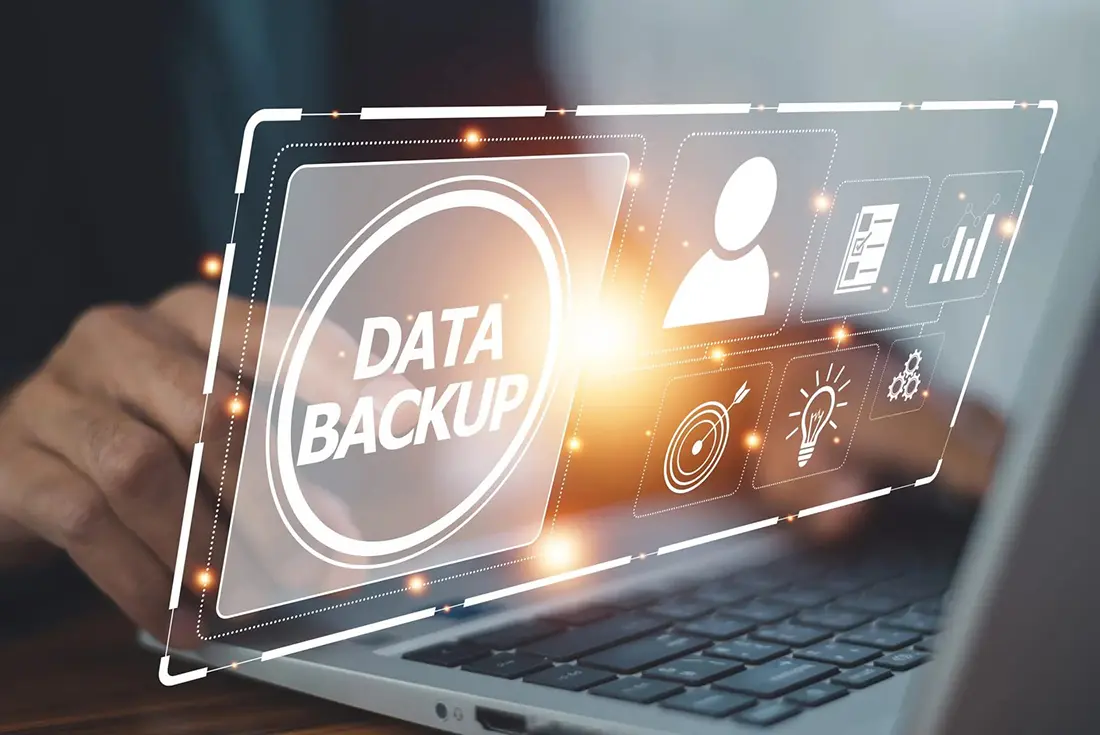Essential Backup Strategies Every Business Must Know
June 2, 2025
Urgent Need Support?

Imagine working tirelessly on an important document or capturing memories in photos—only to see them vanish due to a system crash, accidental deletion, or a corrupted drive. The sinking feeling of data loss is universal, but the good news is: data recovery isn’t magic—it’s science and strategy. In this blog post, we’ll explore how data recovery works, what tools and techniques are most effective, and how you can safeguard your data to prevent future disasters
Data recovery is the process of retrieving inaccessible, lost, corrupted, or formatted data from storage devices such as hard drives, SSDs, USB drives, and more. The goal is to recover files that were accidentally deleted, lost due to hardware failure, or made unreadable by viruses or file system corruption.
Common Causes of Data Loss:
To understand how data recovery works, it’s important to know how data is stored. When a file is deleted, it isn’t immediately removed from your storage device. Instead, the space it occupies is marked as available. Until that space is overwritten by new data, recovery is possible.
Logical Data Loss: This involves issues with software, file systems, or accidental deletion. Recovery software can often retrieve these files.
Physical Data Loss: Caused by mechanical or electrical failure, physical damage, or natural disasters. This often requires professional intervention and specialized equipment.
Recovery Methods:
Hard Disk Drives (HDD): Prone to mechanical failures like motor issues, bad sectors, or head crashes. Recovery can range from software-based to opening the drive in a cleanroom.
Solid State Drives (SSD): More resistant to shock but use TRIM commands, which permanently erase deleted data, making recovery more difficult.
USB Drives & SD Cards: Often affected by file system corruption. Software tools can usually handle these unless physically damaged.
Cloud Storage: Deleted files might be recoverable through versioning or recycle bin features, but permanent deletions are usually unrecoverable without backups.
When to Try DIY Recovery:
Popular DIY Recovery Software:
When to Call the Professionals:
Professional labs offer cleanroom environments and specialized tools to safely extract data, but the cost can range from $300 to $2000+ depending on complexity.
A professional photographer once accidentally formatted an SD card containing an entire wedding shoot. Panicked, they stopped using the card immediately and used a tool like PhotoRec to scan it. Remarkably, 95% of the images were recovered. This highlights the importance of not writing new data to the affected device and acting quickly.
Best Practices:
Recommended Backup Tools:
Data recovery is not just for IT experts. With the right knowledge, tools, and timely action, anyone can rescue their lost files. However, prevention is always the best strategy. By setting up robust backups and monitoring your hardware’s health, you can stay a step ahead of potential data disasters.
Remember: the quicker you act after data loss, the higher your chances of recovery.
© Bhimani Data Recovery. All Rights Reserved by Bhimani Data Recovery